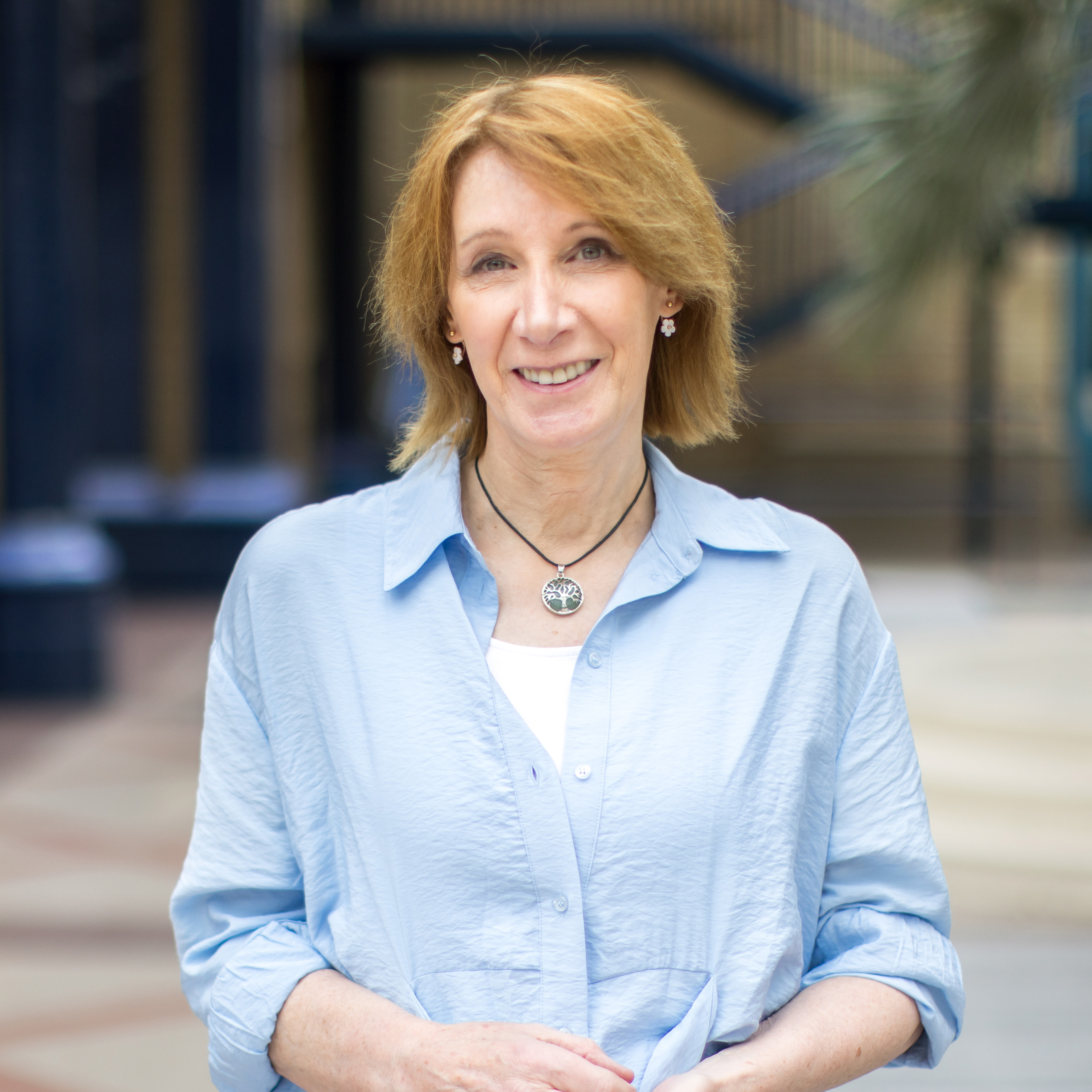Philippa York analysis: The agony and ecstasy of the Tour de France
Looking back at the first week and to the mountains that lay ahead
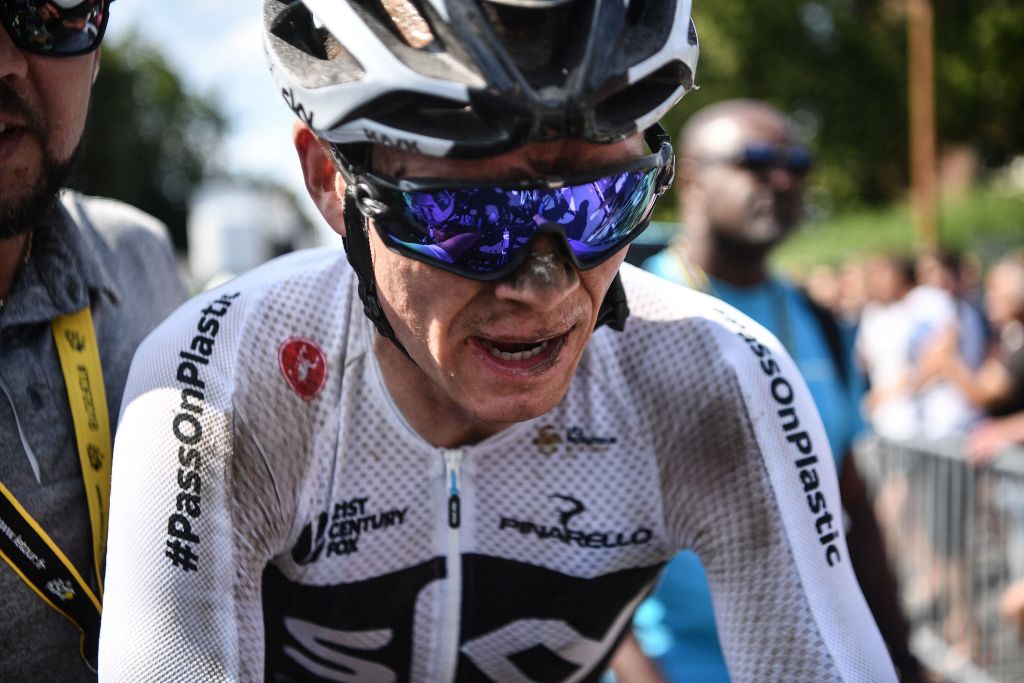
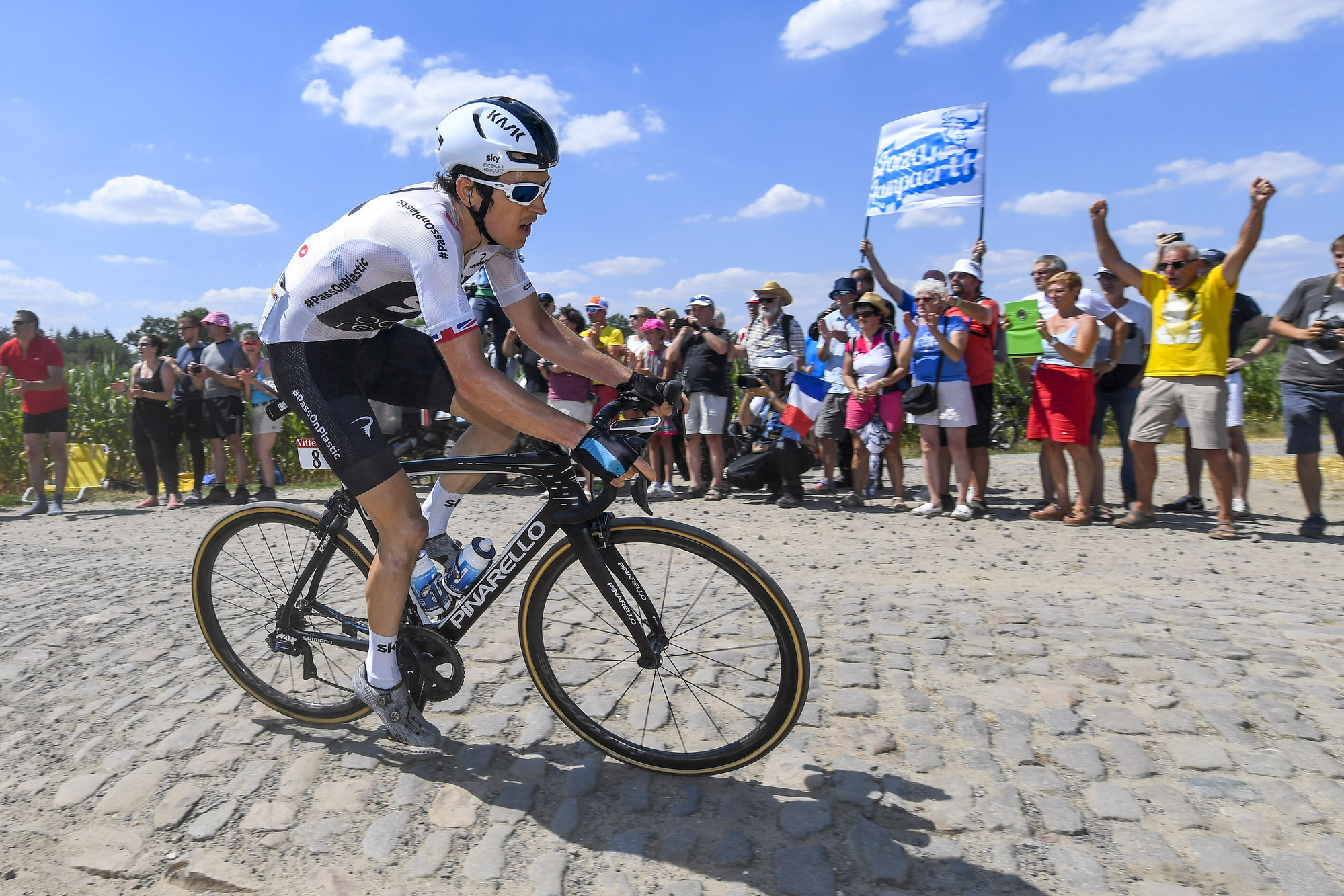
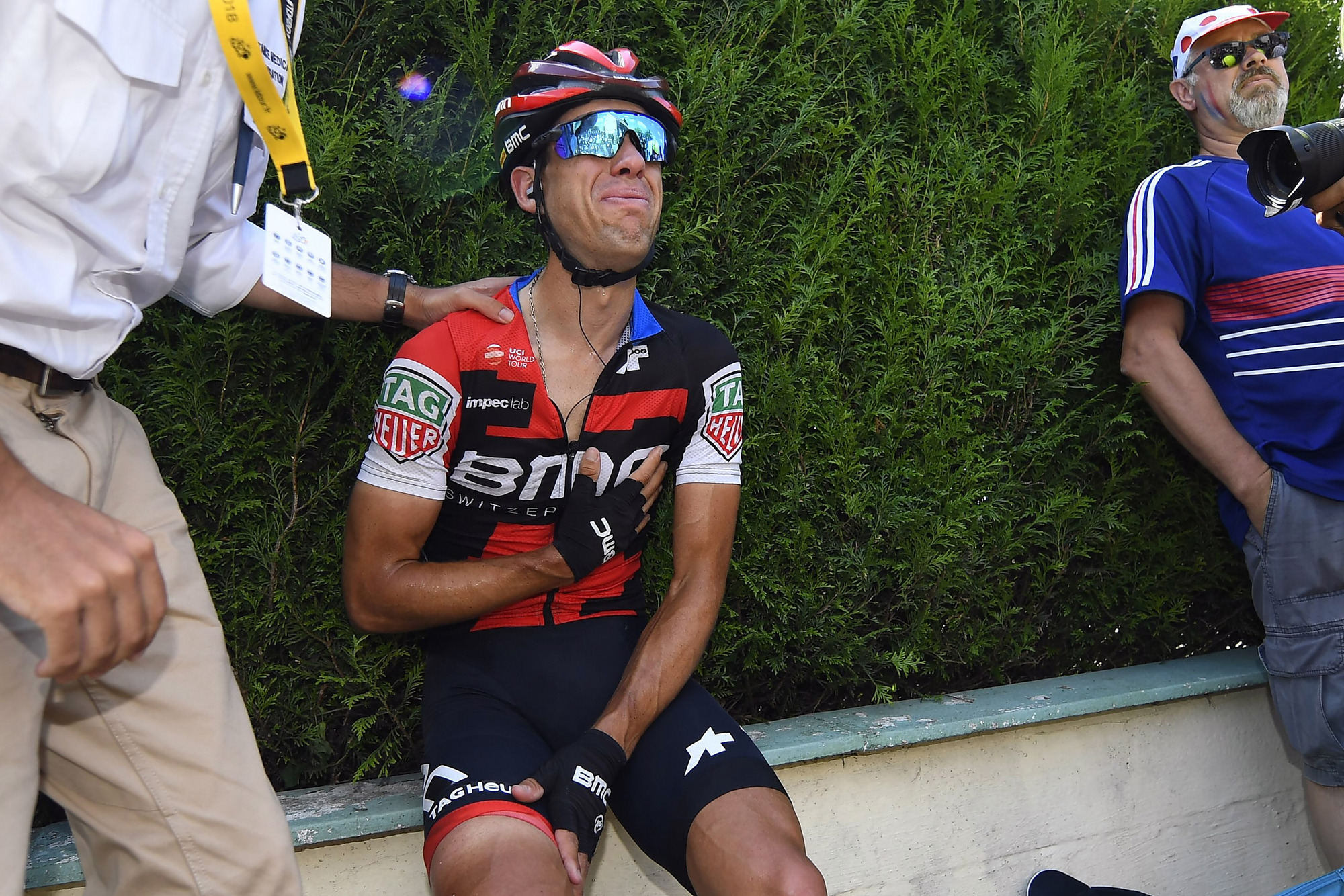
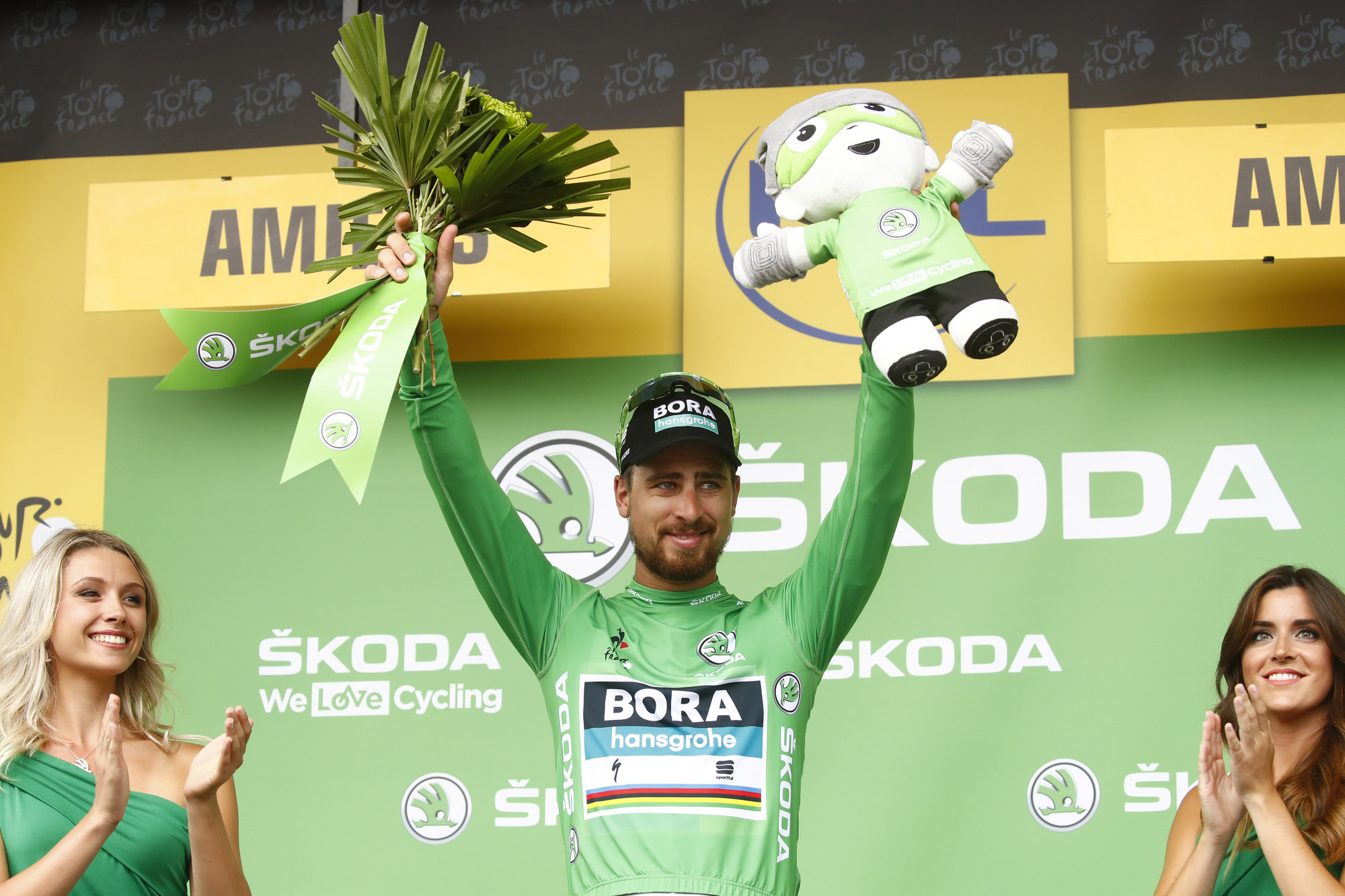
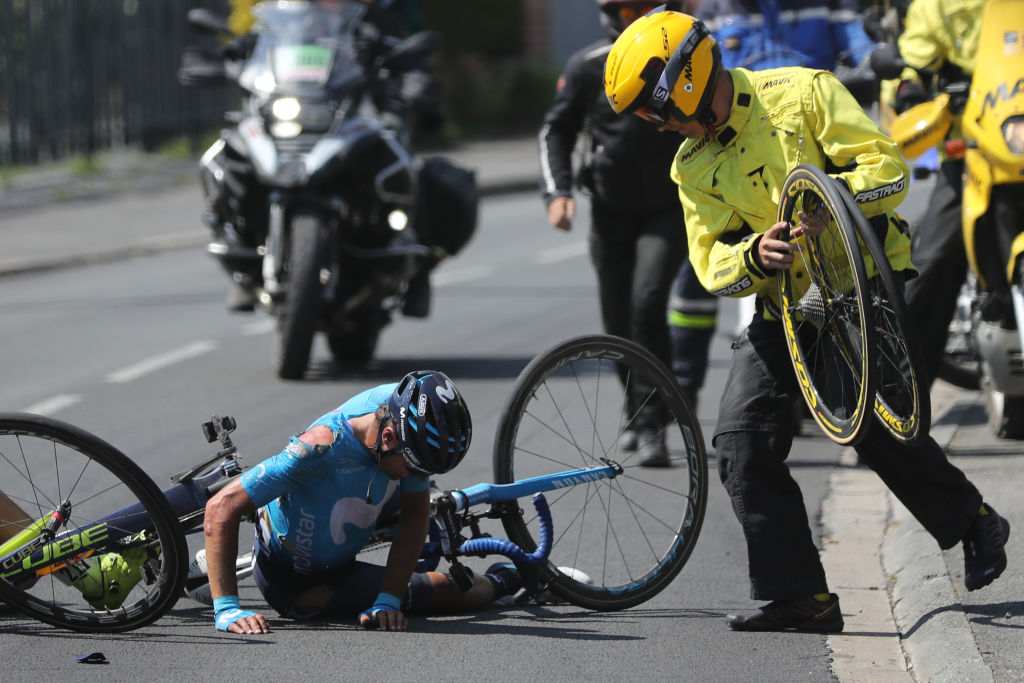
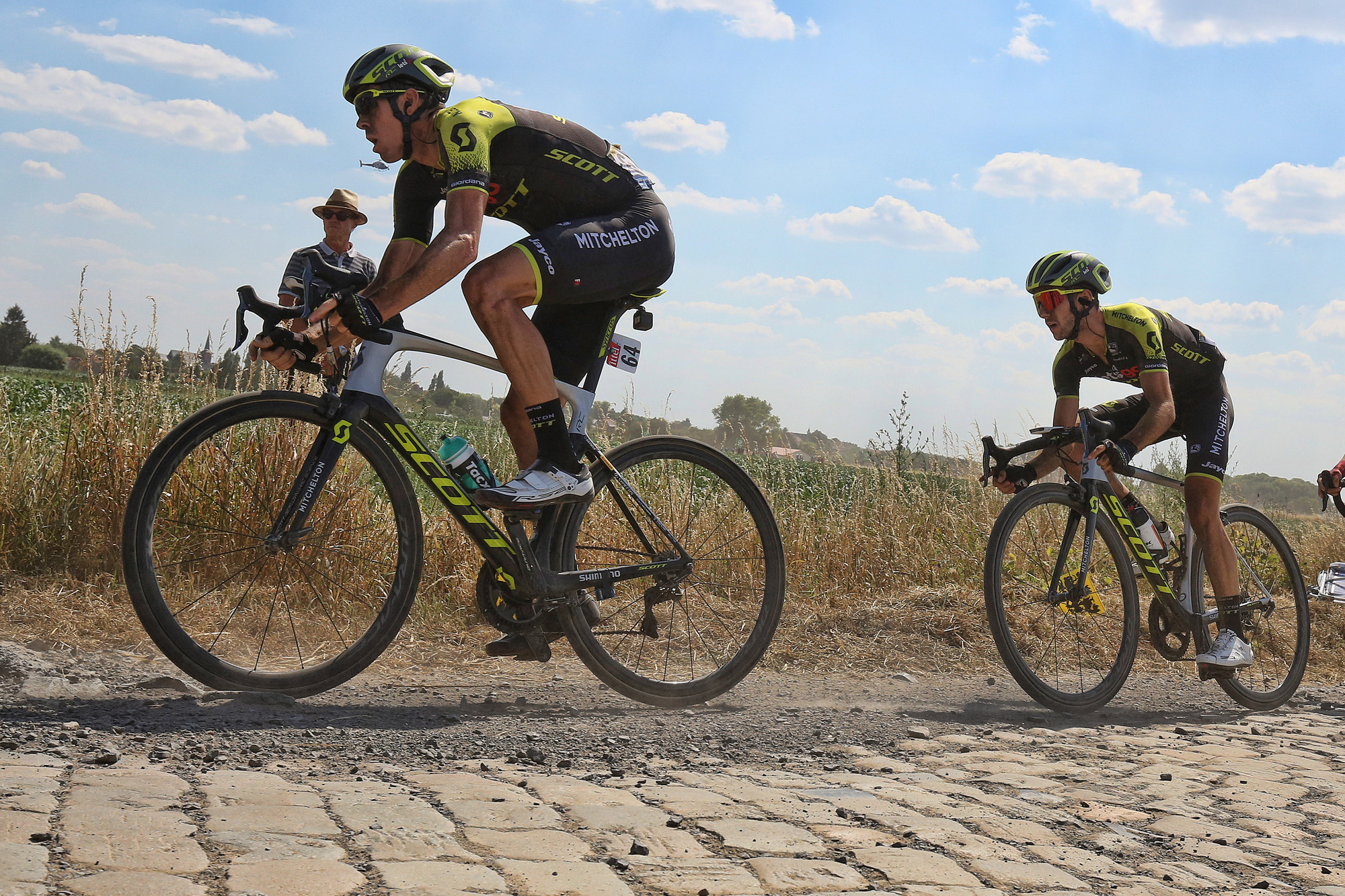
Sanctuary. That's the best term one could use when describing the first rest day at the Tour de France. After nine difficult days and the ridiculously stressful Roubaix stage, riders who have made it this far will be able to relax and recover, but the vast majority will just be relieved to have made it this far.
The terrible loss of Richie Porte, who crashed earlier on stage 9, changes everything in the race – not just for BMC Racing, but for the rest of the GC peloton too. From now on, the other 'big teams', like Sky and Movistar, can't rely on anyone else being interested in controlling proceedings, so when something happens out on the road, they'll have one less ally to control proceedings.
Even Tom Dumoulin, Vincenzo Nibali and Romain Bardet will be affected by the absence of the Australian from the overall fight because it will disrupt the pattern and flow of the race. It means that instead of having eight additional riders working towards a GC bid, you've now got seven rogues who will be looking to disrupt the race and challenge for stage honours. It doesn't sound like a huge difference but, trust me, over three weeks it can be crucial.
One could argue that the demise of Porte has been compensated for by the spell in the race lead for Greg Van Avermaet, who has ridden brilliantly, but it's more than likely even their management would have traded some of that success for a bit of luck for Porte.
As predicted, it hasn't taken much for Peter Sagan to take control of the points classification and, despite the emergence at this year's race of Fernando Gaviria, and with Dylan Groenewegen building on last year's success, the likelihood of the Slovakian staying in what has become his jersey all the way to Paris is highly likely.
There was some criticism over the length of some of the stages in week one, and the pace at which they were raced, but I think that was a little harsh on the riders. My assessment was that the trek across Brittany must have been even more energy-sapping than usual, as once out of there and onto the flatter terrain to Chartres and Amiens, the slowdown in the peloton was quite noticeable.
Those stages effectively turned into active recovery days, which sounds easy, but the shock to the system when the pace goes from 40 to 60 kilometres an hour for the finale is always nasty.
Get The Leadout Newsletter
The latest race content, interviews, features, reviews and expert buying guides, direct to your inbox!
From a rider's point of view, it was probably a wise move to try to build up some reserves of energy because the day to Roubaix was as epic as expected.
Escaping relatively unscathed were Geraint Thomas, Alejandro Valverde and Nairo Quintana, who must have suffered on the cobbles, but never lost out in terms of positioning. Romain Bardet and his teammates spent a lot of energy keeping the Frenchman in the GC on the second Sunday, so they'll be extra welcoming of getting on the plane and heading towards the terrain which suits them more.
In terms of collective strength, Team Sky still hold prime position. Wout Poels may appear to have been the weakest link in this first half of the race, but then don't be surprised if he's not being saved for the mountains to come. It's more than likely that the race lead will pass to Thomas on stage 10, and as the Welshman has been riding so intelligently, not spending energy when he hasn't needed to, his adaptation to riding serious climbs ought not to be too difficult.
Normally the peloton gets a few longer ascents in the bag before hitting the Alps or the Pyrenees, but not this year, and so the reserves you have, or the previous efforts made, all count in how you deal with the transition from racing in the big ring to having to use the inner option.
The slight climbers will have less trouble as long as they haven't injured themselves, so it will be interesting to see how Dan Martin, Rigoberto Uran and Mikel Landa recover from their injuries and efforts.
Falling off in a major Tour is never ideal, and most riders will fall at least once, so all you can do is hope you have a soft landing – like Chris Froome has had so far – or that the bits that get injured aren't too critical. Legs with holes in them are more influential to performance than stuff like arms or shoulders, but it all adds up, and sleeping, and even eating on the bike, can be affected. Don't be fooled by what can look like superficial wounds as there are always unseen consequences.
In terms of looking ahead to the second half of the race, you have to say that Team Sky are in pole position. They've coped well with the situations they've faced, and both Thomas and Froome are well-placed overall. Yes, I read the 'one leader' story and the 'we have options' one, but don't be fooled because although Froome might be one minute down on his teammate Thomas, that's nothing in view of what is to come.
The Movistar collective still have questions over leadership. Quintana lost time earlier in the race but he was super-strong on the cobbles. Landa might be at the same time as Froome – just over a minute ahead of Quintana – but Landa's fall on stage 9 will raise doubts about how he will recover.
Vincenzo Nibali is an interesting one because we have barely seen him, which in GC terms is great, as he hasn't wasted energy and so he has everything still to play for. As does Tom Dumoulin who, whilst having less-solid guys to back him up in the mountains, is still a real threat for the podium. Bob Jungels, a dark horse for the GC, is also well-placed.
Romain Bardet and the AG2R climbers have lost lots of energy, and one cog in their machine when Axel Domont abandoned on stage 4, so they are slightly weakened, although I don't see that affecting how the French team will ride. They'll attack because they have to.
Guys like Uran, Primoz Roglic and Steven Kruiswijk have been caught out due to inattention or bad luck, so they ought to be on the offensive – maybe not on the first mountain stage, but once they know where they are climbing-wise.
That leads to Adam Yates. He got through the cobbles, and now has the capacity to adapt straight away to the first big climbs. Remember how his brother Simon rode at the Giro? And Mitchelton-Scott teammate Mikel Nieve is going well, too, so this second part of the Tour is going to be exciting.
Philippa York is a long-standing Cyclingnews contributor, providing expert racing analysis. As one of the early British racers to take the plunge and relocate to France with the famed ACBB club in the 1980's, she was the inspiration for a generation of racing cyclists – and cycling fans – from the UK.
The Glaswegian gained a contract with Peugeot in 1980, making her Tour de France debut in 1983 and taking a solo win in Bagnères-de-Luchon in the Pyrenees, the mountain range which would prove a happy hunting ground throughout her Tour career.
The following year's race would prove to be one of her finest seasons, becoming the first rider from the UK to win the polka dot jersey at the Tour, whilst also becoming Britain's highest-ever placed GC finisher with 4th spot.
She finished runner-up at the Vuelta a España in 1985 and 1986, to Pedro Delgado and Álvaro Pino respectively, and at the Giro d'Italia in 1987. Stage race victories include the Volta a Catalunya (1985), Tour of Britain (1989) and Critérium du Dauphiné Libéré (1990). York retired from professional cycling as reigning British champion following the collapse of Le Groupement in 1995.
